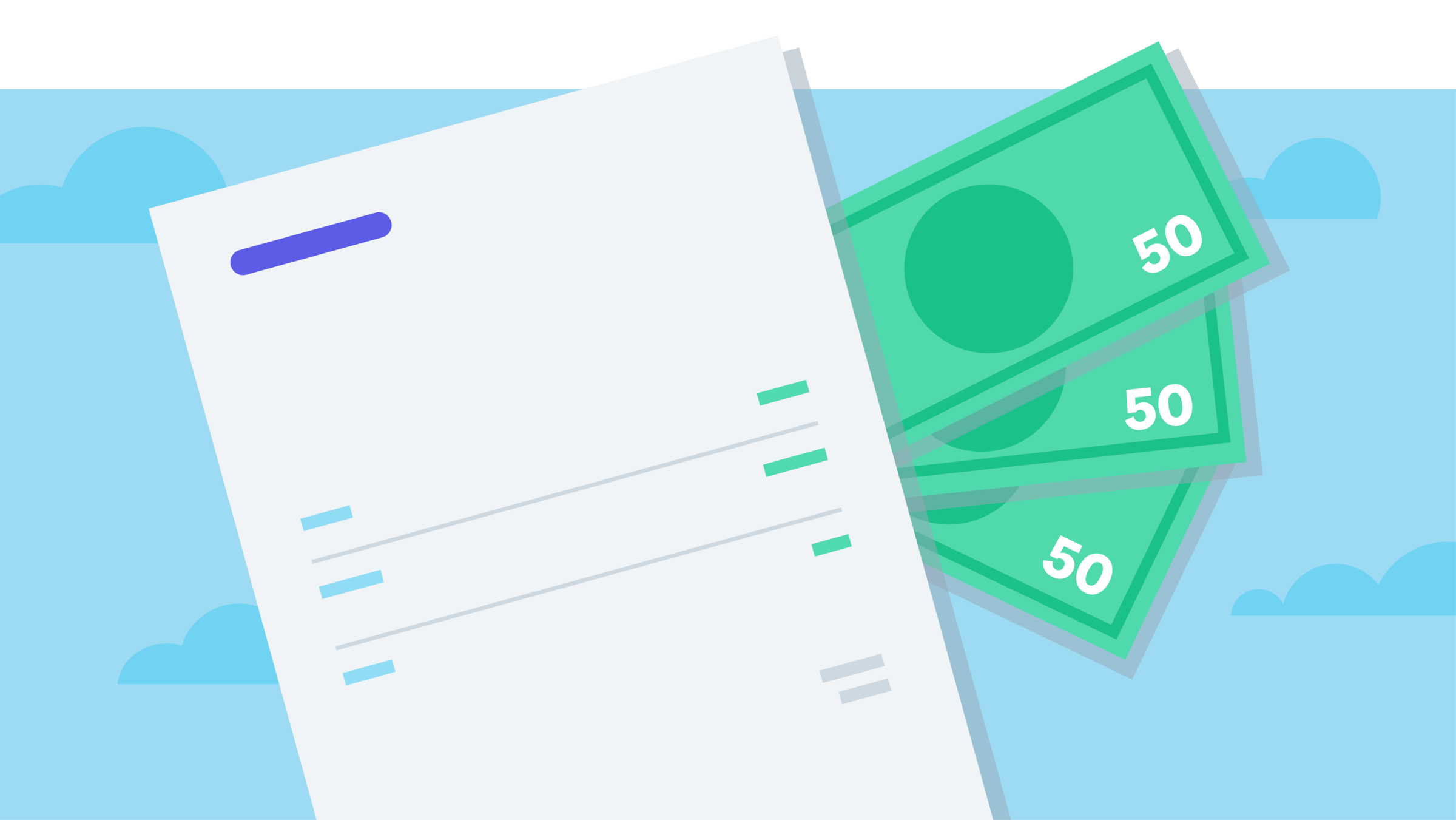Invoice format tips for beginners
Clear and complete invoices look professional and help you get paid on time. Here are our tips for invoice formatting.

Basic invoice format – what goes where
Your customer has just opened your invoice. Here are the 7 things they should see – going from the top of the page to the bottom:
1. Your details
Your name and contact details are required.
2. Their details
Identify the person or organisation that you’re billing, and include their physical or email address. If you’re GST registered, include that number too. And add your business number, if you have one.
3. Invoice number and date
Make this big and bold. If you call about an invoice and quote the number, it should be easy for your customer to pick it from a pile.
4. Description of goods or services
List the products or services supplied. Put costs against each item so customers can see how the bill breaks down.
5. What the customer owes
Most people want to see the cost before anything else so bold it. Make sure you’ve applied any discounts and added sales tax. Make sure you’ve applied any discounts and added tax, if you're GST registered.
6. Customer reference
If your customer has given you a reference or purchase order number, include it. This will increase your chance of being paid promptly.
7. How to pay
Tell them when the money is due and how they can get it to you. Include links for credit card payment, for example, or account details for bank transfers.
Use our free invoice template
Templates will help you get your invoice format right, because all the fields are preset. You just have to open it up and fill it out.
You can give yourself a head start by setting up templates for specific types of jobs, or certain customers – with a lot of the details already filled out.
Bonus tips to save hassles
- Include a foolproof set of instructions telling customers how to pay
- Put the invoice number in the file name and email subject line so it’s easier to search
- Convert your invoice to a PDF (or send an online invoice) so it’s harder for fraudsters to interfere with it
Keep your invoices simple (and short)
Limit your invoice to a single page, if you can. It’ll be easier for your customer’s office staff to process.
There will be times – hopefully a lot of times – when you’re invoicing a really big sale. If you can’t fit it all on one page, provide a summary on page 1 and add details to subsequent pages.
After you've got invoice formats nailed
After you’ve been in business for a while, and you've got your invoice formats straightened out, you'll want to speed things up. Smart invoice templates can do things like remember your prices, total costs and add taxes for you. Find out how software can automate these tasks and others.
Knowing how to format an invoice is just the start
A clear, well laid-out invoice is your first step to getting paid, but there’s much more to do. Check out our invoicing guide to help you get what you’re owed, or see how invoicing software can help speed up payment times.
Disclaimer
Xero does not provide accounting, tax, business or legal advice. This guide has been provided for information purposes only. You should consult your own professional advisors for advice directly relating to your business or before taking action in relation to any of the content provided.
Start using Xero for free
Access Xero features for 30 days, then decide which plan best suits your business.